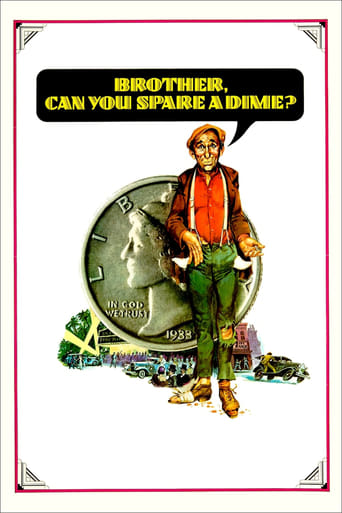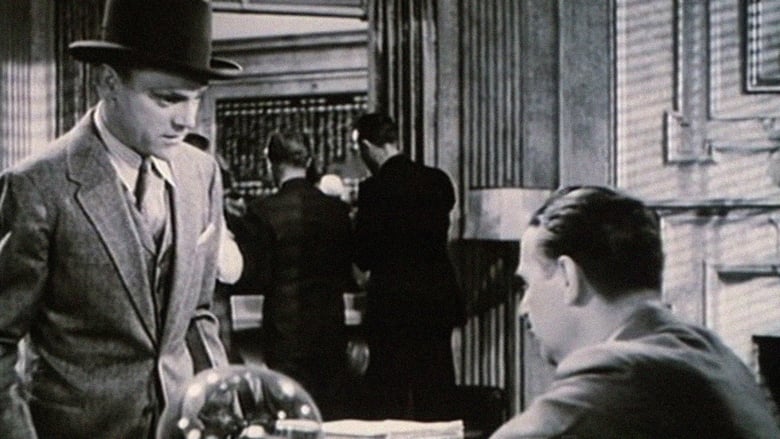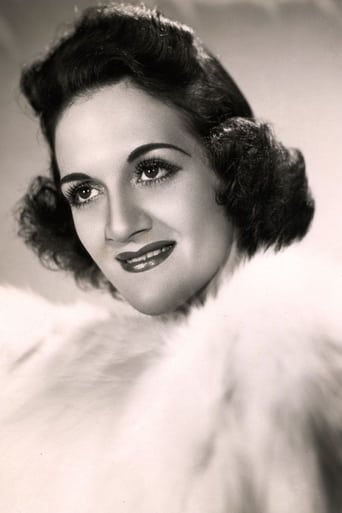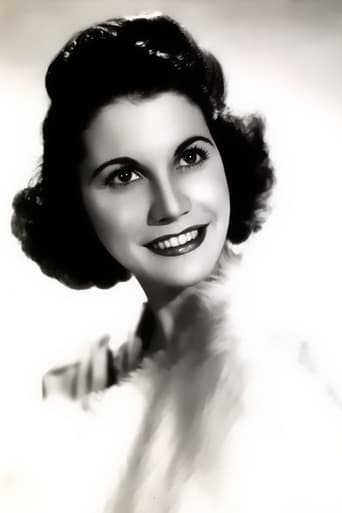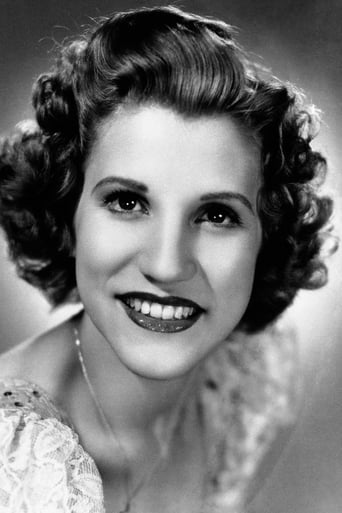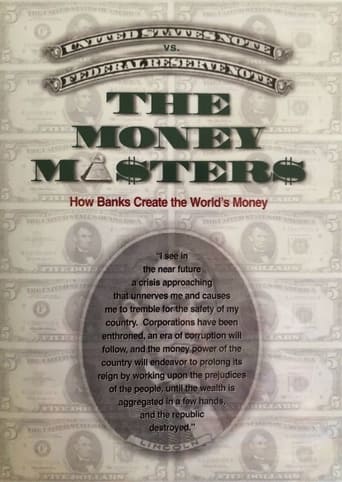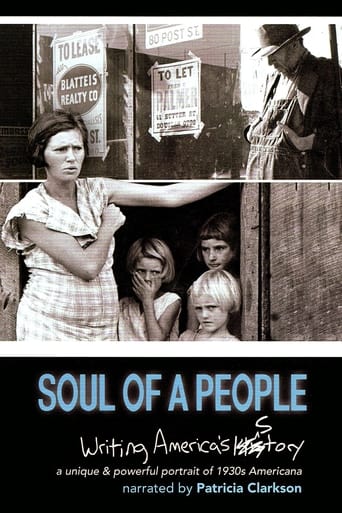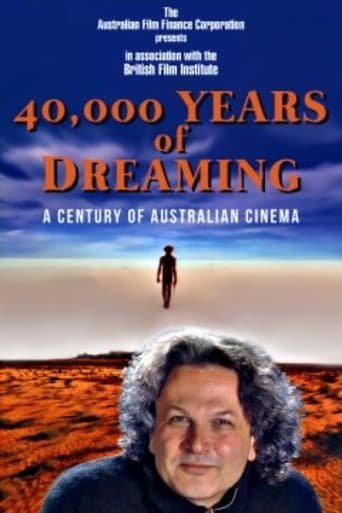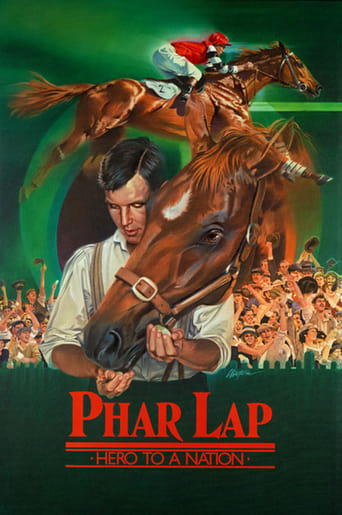Brother, Can You Spare a Dime? (1975)
Period music, film clips and newsreel footage combined into a visual exploration of the American entertainment industry during the Great Depression.
Watch Trailer
Free Trial Channels
Cast


Similar titles

Reviews
Overrated and overhyped
Don't listen to the negative reviews
By the time the dramatic fireworks start popping off, each one feels earned.
There is, somehow, an interesting story here, as well as some good acting. There are also some good scenes
Well, I enjoyed it, but I'm not certain about my college classes. I wanted them to get a feel for life during the Great Depression and the way the economic collapse was treated by Hollywood -- half realism, half escapism.I showed it as a kind of vacation from classroom drudgery, no assignments associated with it, and maybe that was a mistake because they seemed bored by it. Possibly the footage and the messages behind it were so dated that it lacked any relevance for them. In another class, on memory, I tried illustrating the kind of mastery of detail that leads to the ability to reproduce the thing remembered. (Eg., you'd have to know Vincent in the Flames very well in order to reproduce it stroke for stroke.) The example I used was Jimmy Cagney. I'd stand up there shrugging, hitching up my pants, sneering, and carrying on about, "You dirty rat. You give it to me and now I'm gonna give it to you." (I was pretty good.) Not a peep. After suffering the humiliation of a non-response through three semesters I finally asked what was wrong with my impression of Jimmy Cagney. A long pause, then the response: "Who's Jimmy Cagney?" I'm sure most of them didn't catch the other historical figures either, whether icons or small potatoes."Who's that gorilla on top of the Empire State Building?" Or -- worse! "What's that big building the gorilla is standing on?" All of this raises some interesting questions. Whatever happened to our shared cultural data base, of which this movie is in part a quick sketch? What does it take to capture the imagination of a nescient people whose interests do not extend beyond their own body sheaths?Of course none of this is any reflection on these carefully assembled bits of newsreel footage and clips from Hollywood movies, too numerous to begin to describe. It follows a certain arc, which, with attention, can be discerned through the blizzard of images. I'll give a few examples.The political thread begins with Herbert Hoover and towards the end gives us glimpses of John F. Kennedy and his family. The many dancing scenes start with a marathon from the early 30s, with one shuffling dancer dragging his sleeping partner along the floor, and they end with the wildly ecstatic gyrations of the jitterbug. The songs themselves grow more chipper, the speeches more uplifting and hopeful. Then, in the very last scene, with World War II won and Americans bathed in peace and prosperity, a hydrogen bomb explodes and we hear the voice of W. C. Fields: "I wonder. I wonder. . . ."It's all impressionistic, a collage of incidents real and fictional, but skillfully done.
I recently bought this documentary on DVD and watched it several times in succession. It is the best archival source of Depression-era material I have ever run across. I particulary enjoyed the segment with Huey Long. What a terrific speaker he was! And to see him on stage with Ina Ray Hutton, the woman band leader, was a real treat. I highly recommend this for historians of America in the 20th century.
I saw this feature doco during its original run in 1977, I think, and for the second time recently in a retrospective of Philippe Mora's work 25 years later. It is an amazing piece of work, with the material itself providing the narrative ... actual speeches, songs and sound on the film ... there is no narration or voice over. The years from Depression up to WW2 come to life with this artful assembly of scenes from musicals, songs, newsreels and speeches. Considering it was produced by an Englishman and directed by an Australian, it has a remarkable sensitivity for its subject. Highly recommended for lovers of documentary or history.
this is an extraordinary use of both documentary and archive newsreel to tell a story of the depression era in the USA. No naration, the film speaks for itself. The use of Jimmy Cagney as a running character is great. Fascinating and amusing.

